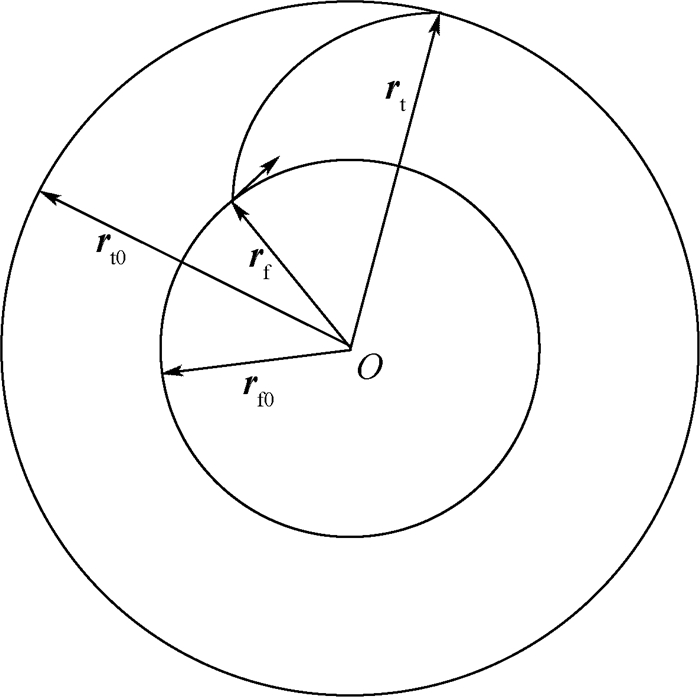In order to accomplish the software-defined micro-nano satellite demands, which includes that its payload functions and parameters could be reconstructive and controllable by uploading software as needs, we have to break through the design limitations between traditional satellite platform and ordinary optical camera, and one new type of optical imaging camera technology is developed based on software-defined micro-nano satellite here. We gave full consideration to the possible development of joint design space between the software and the hardware of the payload. Then we analyzed the influence of sub-pixel information, satellite platform parameters, optical system parameters, detector parameters, noise and atmosphere on image data processing, especially the super-resolution reconstruction. We established the physical model and the error model according to the physical mechanism of each factor, as priori information of the reconstruction method.We applied these prior information constraints in favor of super-resolution to the design of the camera, enabling the images captured by the camera to match the super-resolution method very well. This method can simultaneously improve visual resolution and substantial resolution while maintaining the ability of suppressing noise, and may reduce the size and development difficulty of traditional cameras. We have developed a general purpose computing optical imaging camera, which integrates the super resolution imaging, dynamic range enhanced imaging, video imaging and other multi intelligent controllable imaging modes. Finally we have completed the related camera integration, testing and experiment.

